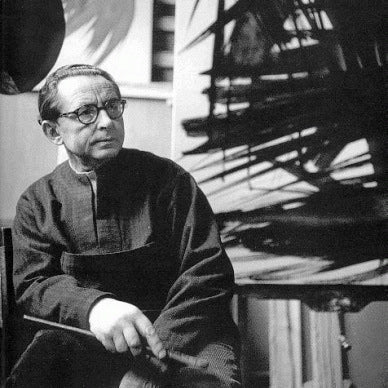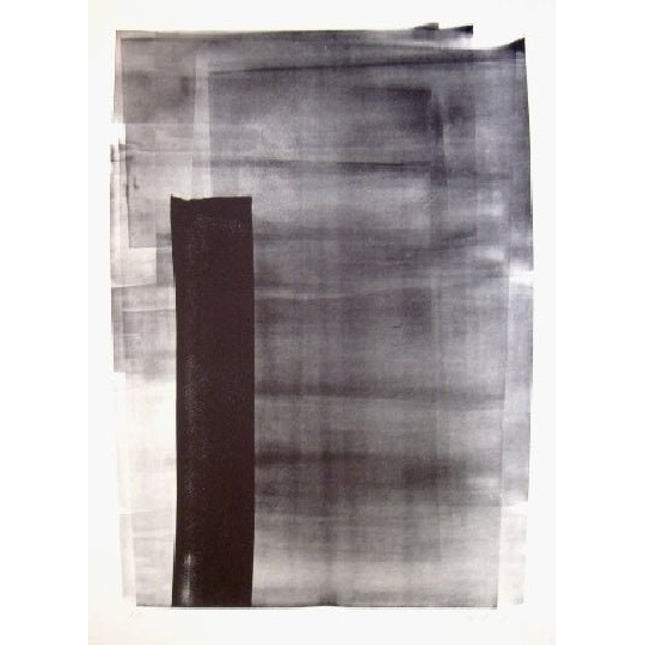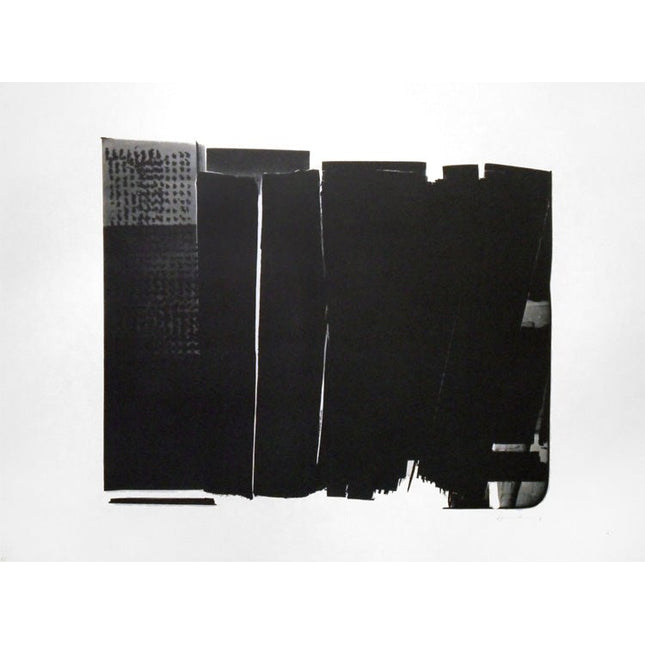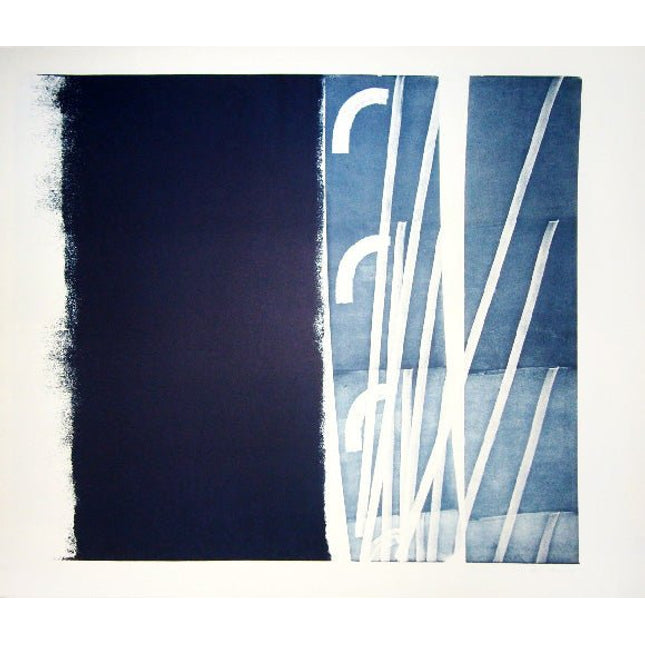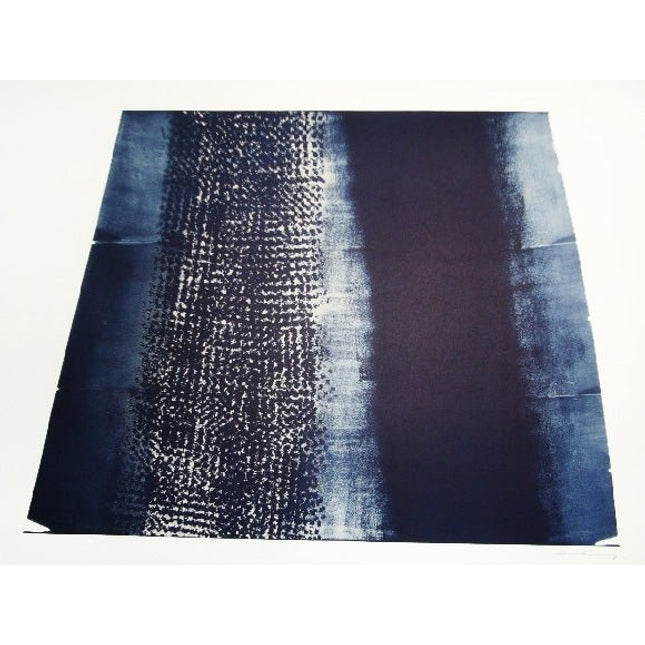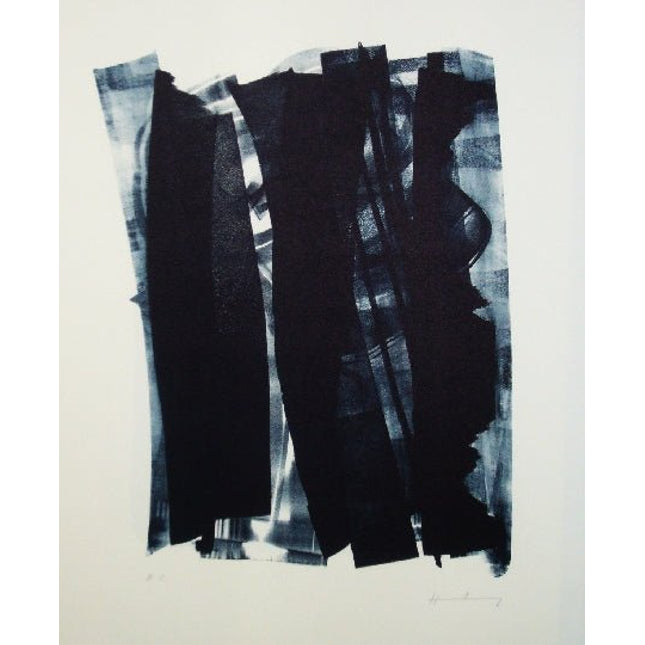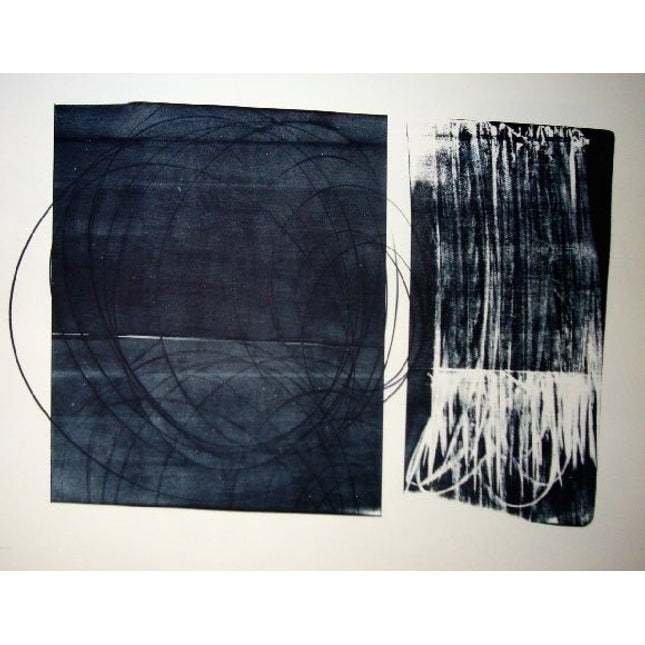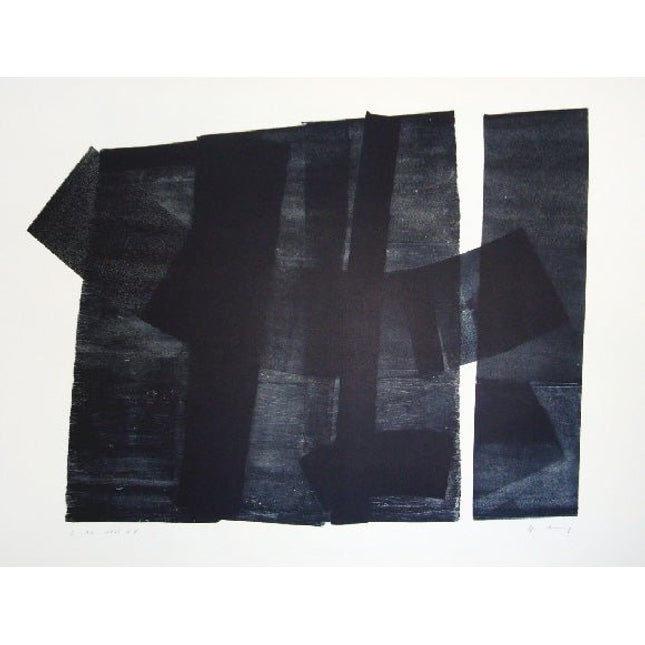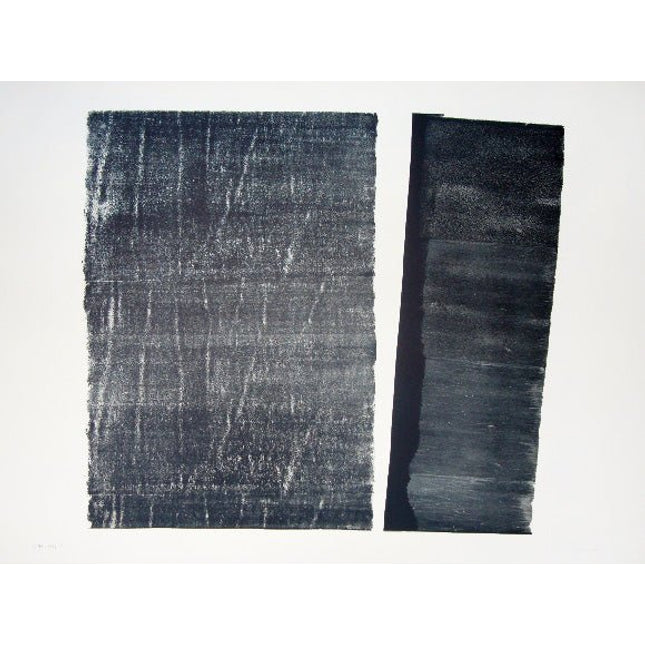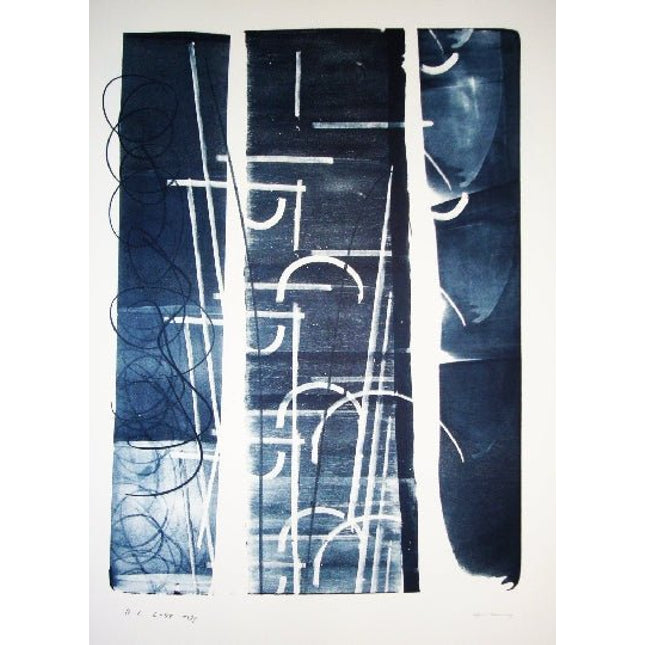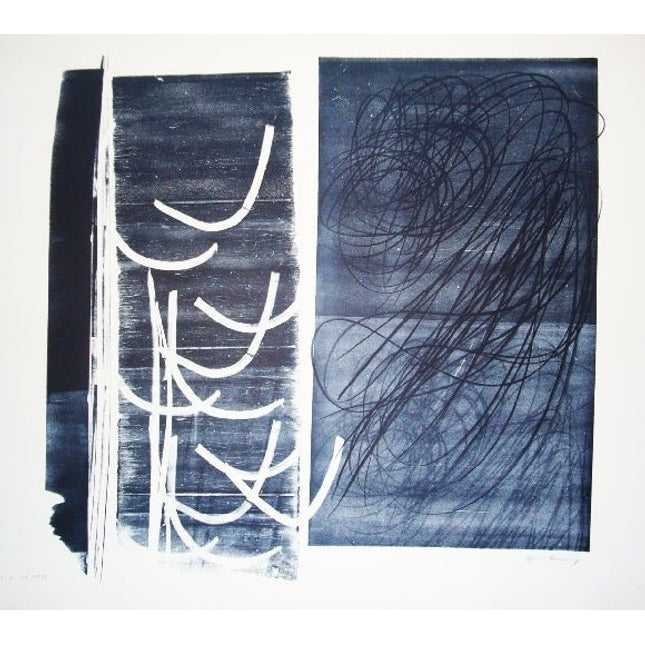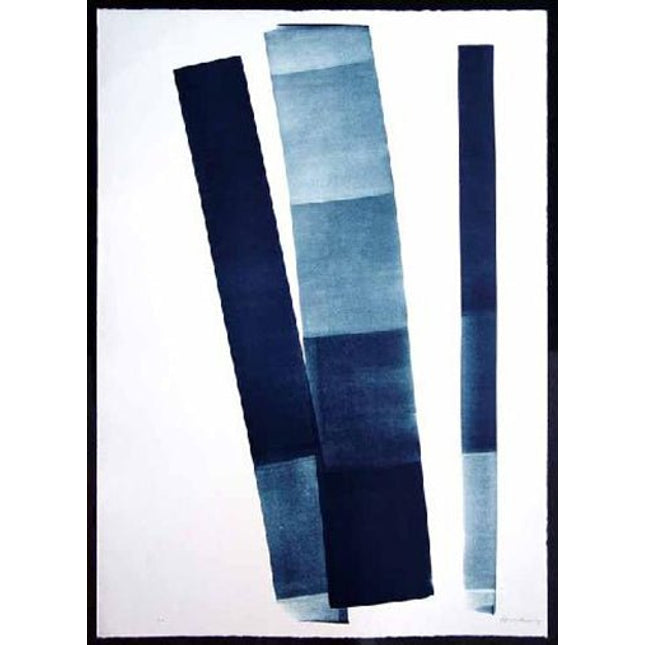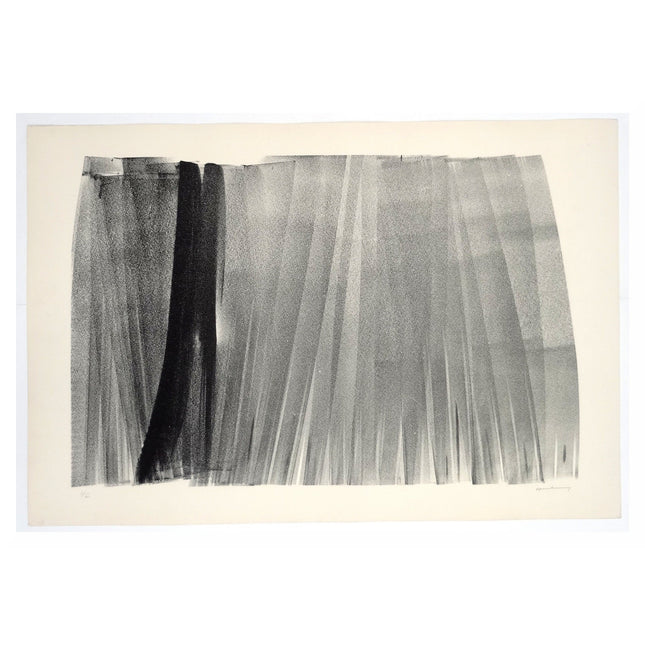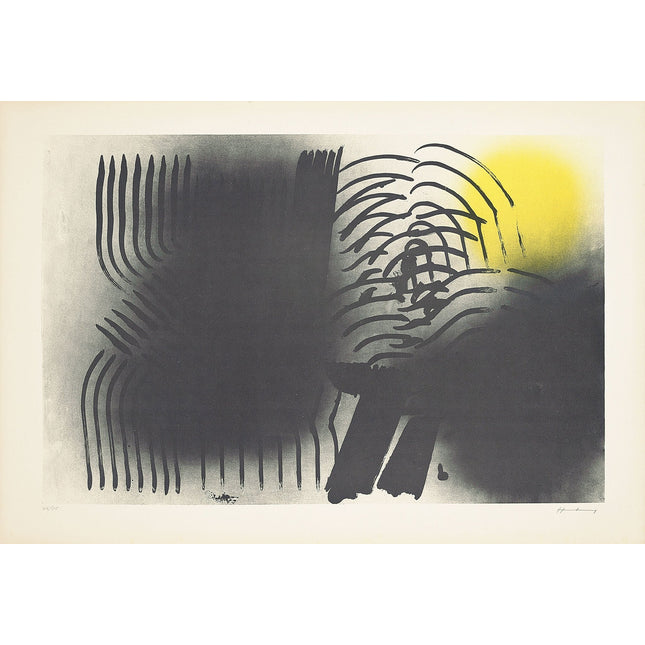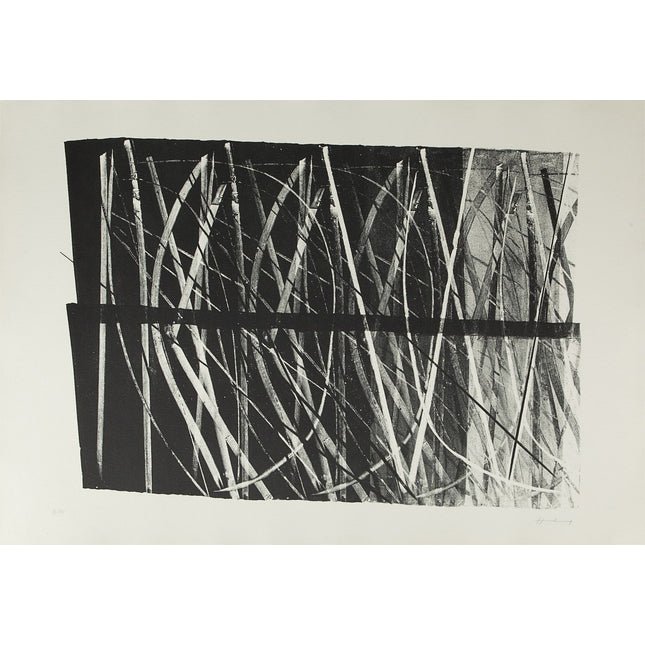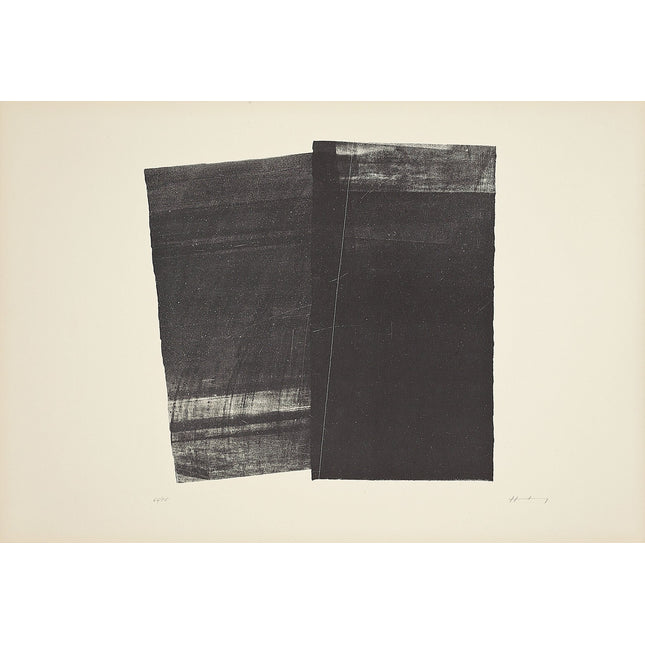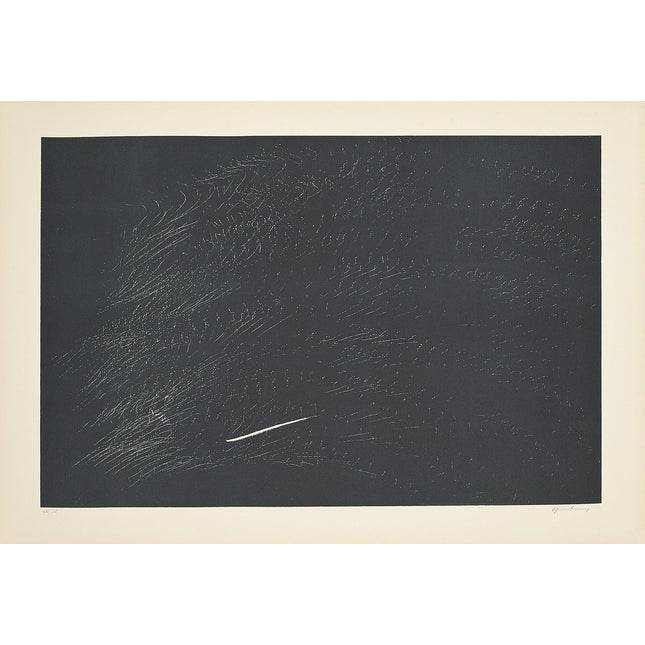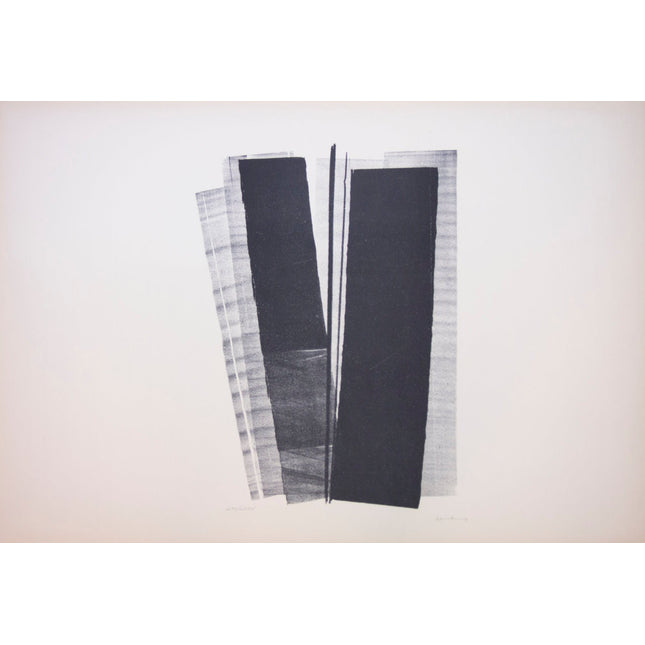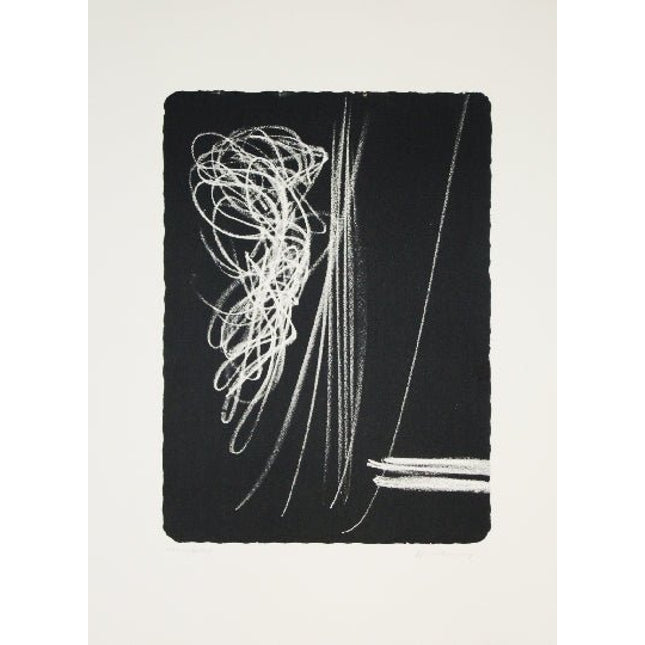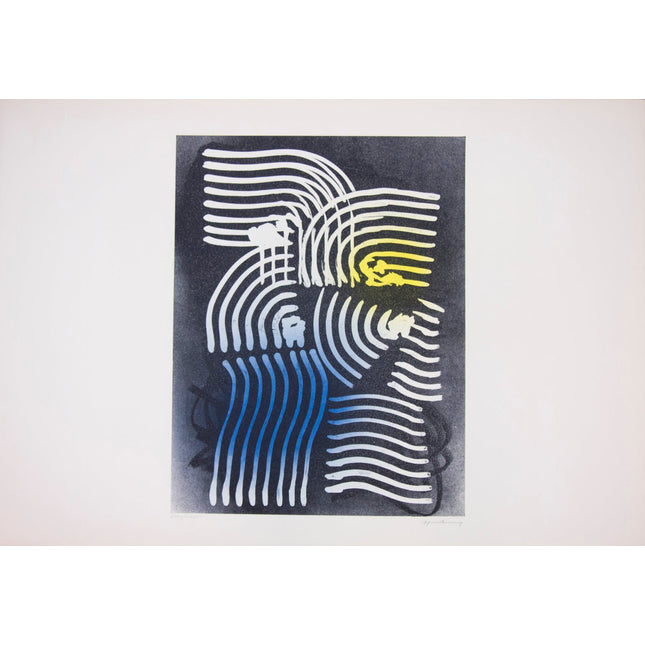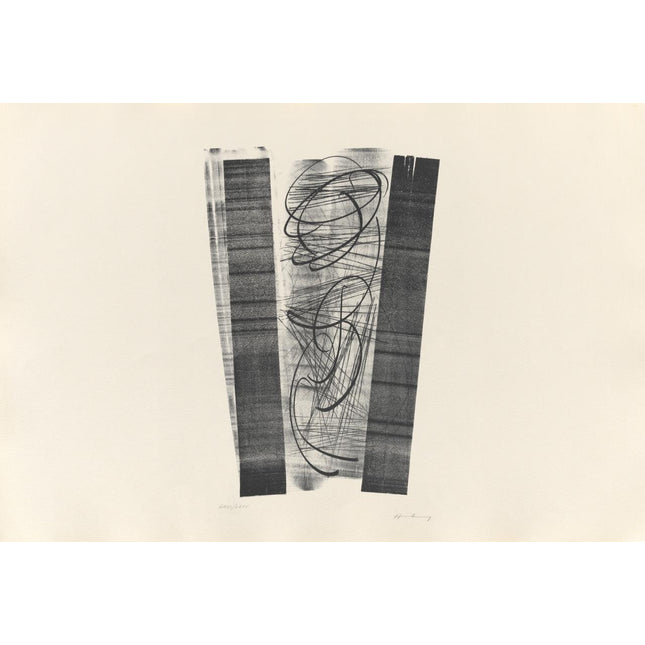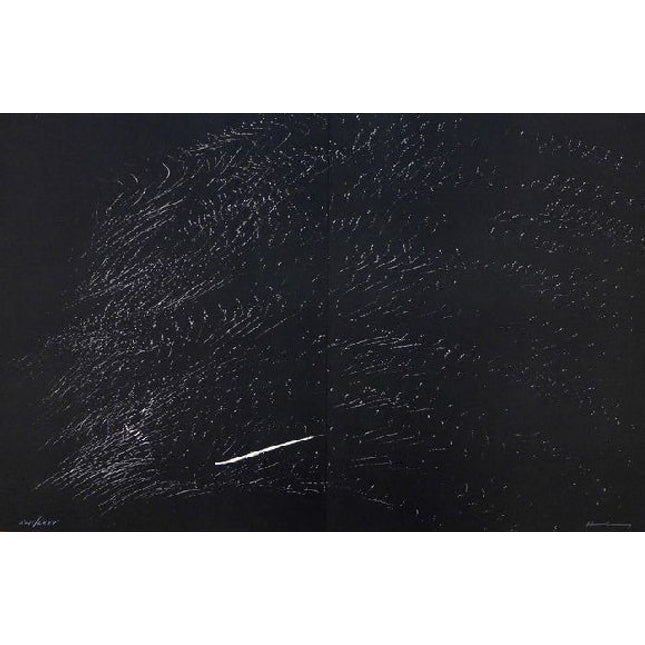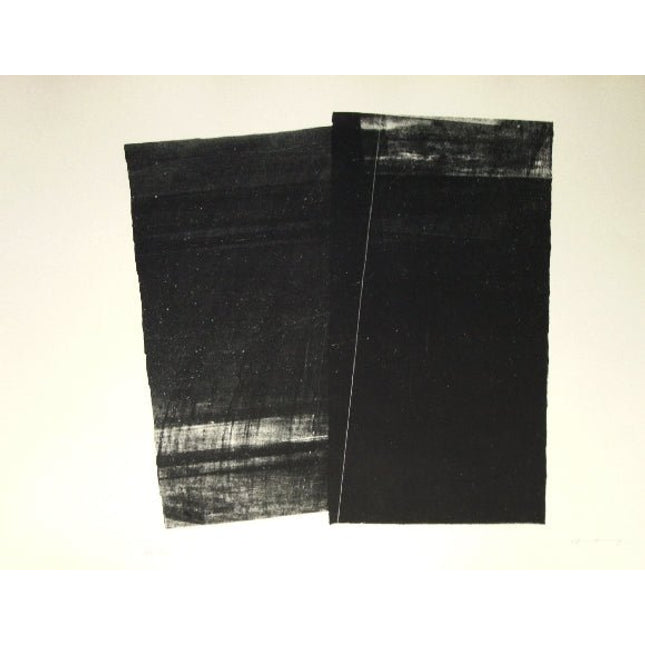Hans Hartung was born in 1904 in Leipzig (Germany). From 1924 to 1926 he studies at Akademie der schönen Kunste in his city and then at Fine Arts in Munich. During the initial years of education he is attracted to artists like Rembrandt, Goya, El Greco, but also Kokoschka and Nolde.
Hartung got his degree in philosophy and art history at Leipzig University and art at the Academies at Leipzig in 1925. From 1926 to 1931 he lived mainly in Paris with visits to Holland and Belgium, where he was influenced by Rouault, Cezanne, van Gogh, and then by Cubism.
In 1928, he met Anna-Eva Bergman in Paris, a young Norwegian artist to whom he got married in 1929. Hartung's first exhibition was held in 1931 at the Galerie Heinrch Kohl in Dresden. From 1932 to 1934 he lived in Minorca, where he returned to a calligraphic abstract style. In 1935 Hartung moved to Berlin but then had to leave Germany as the Second World War began and settled in Paris. There he contacted with Kandinsky, Mondrian, and other abstract artists.
Becoming a member of the French Foreign Legion he got gravely wounded in 1944 and his leg had to be amputated. In 1945 Hans Hartung began to paint again in after an interruption of six years. This year Hartung took French nationality.
Hartung had important exhibitions in Paris, Brussels, Munich and Basle after 1949 and frequently showed works at the documenta in Kassel between 1955 and 1964. He was honoured with the "Prix Guggenheim" in 1956 and awarded an honorary membership of the Akademie der Kunste in Berlin. In 1960 he was awarded with the Great International Prize for Painting at the Biennale in Venice.
Hartung published his memoirs called "Autoportrait" in 1976. One year later he became a member of the Académie des Beaux-Arts in Paris and in 1981 was awarded the Oskar-Kokoschka-Prize of the Republic of Austria.
His wife Anna-Eva died in 1987, two years before the artist passed away in Antibes, where he has an art center and museum with his name created in 2006. Hartung has made his name as one of the most important painters of the European Informel.
His art reflects his nightmares and his suffering in an abstract and lyrical painting. He covers his supports in stripes and whirls, large dark masses drawn with ink, oil or pastel. The artist thinks that only "tachisme" can effectively reflect the desperation of war horrors. During the 1960s the artist starts working on large-format acrylic masterpieces, characterized by rapid, scratched, scraped touches. Hartung "stigmatizes" his painting with a broom, brush and branches. Through his activity the artist will try to recreate the dynamism and constancy of forces which create matter, light and spirit.
